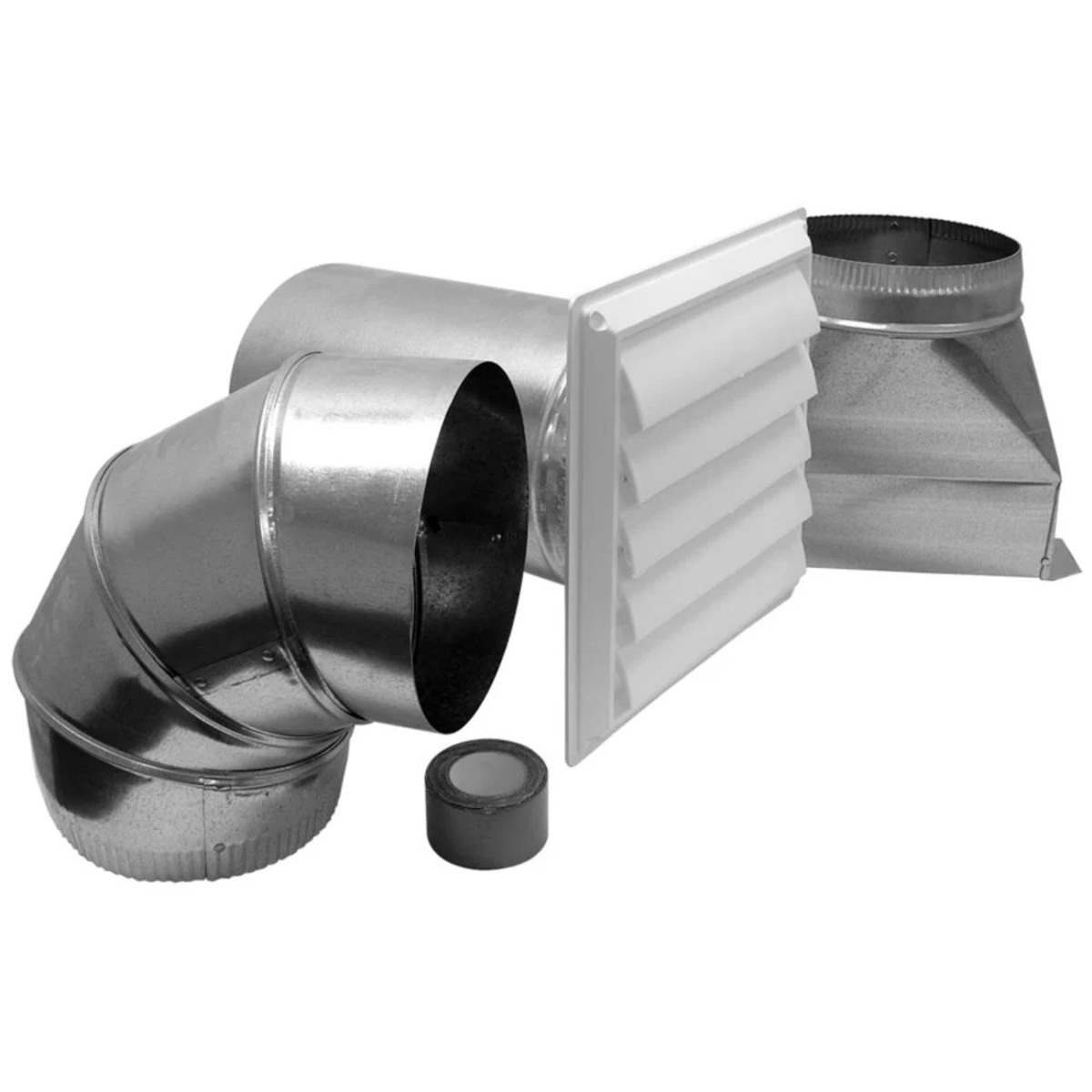

Articles
What Size Vent Pipe For Range Hood
Modified: March 25, 2024
Discover the right size vent pipe for your range hood with our informative articles. Ensure proper ventilation and optimal performance for your kitchen.
(Many of the links in this article redirect to a specific reviewed product. Your purchase of these products through affiliate links helps to generate commission for Storables.com, at no extra cost. Learn more)
Introduction
When it comes to selecting a range hood for your kitchen, one important consideration is the size of the vent pipe. The vent pipe plays a crucial role in improving air quality by effectively removing smoke, odor, and grease from your cooking area. Choosing the correct size of vent pipe is essential for efficient ventilation and optimal performance of your range hood.
In this article, we will discuss the factors to consider when selecting the size of a vent pipe for a range hood, common sizes available in the market, proper installation guidelines, and the benefits of using the correct size. We will also explore the problems that can arise from using the wrong size vent pipe and how it can negatively impact the performance of your range hood. So let’s dive in and explore the world of vent pipes for range hoods!
Key Takeaways:
- Proper sizing and installation of the vent pipe for your range hood is crucial for efficient ventilation. Consider factors like hood specifications, duct length, and local building codes to ensure optimal performance and compliance.
- Using the correct size vent pipe offers benefits such as improved airflow, odor control, and energy efficiency. Avoid potential issues like inadequate airflow, increased noise levels, and compliance issues by following manufacturer guidelines and consulting professionals.
Read more: How To Vent Range Hood Outside
Factors to consider when selecting the size of a vent pipe for a range hood
Choosing the right size of vent pipe for your range hood is crucial to ensure proper airflow and effective ventilation in your kitchen. Here are some factors to consider when selecting the size of a vent pipe:
1. Range hood specifications: The first step is to refer to the manufacturer’s guidelines and specifications for your range hood. They often provide recommendations for the appropriate vent pipe size based on the hood’s CFM (cubic feet per minute) rating. CFM refers to the volume of air that the range hood can exhaust per minute. Following the manufacturer’s guidelines ensures compatibility and optimal performance.
2. Duct length and number of bends: The length of the duct and the number of bends or twists along the path impact airflow. Longer ducts or those with multiple bends introduce resistance, which can reduce the efficiency of the ventilation system. As a general rule, larger diameter vent pipes are recommended for longer duct runs or when there are multiple bends to compensate for the additional resistance.
3. Cooking habits and frequency: Consider your cooking habits and how frequently you use your range hood. If you cook frequently or perform heavy-duty cooking that generates a significant amount of smoke or steam, a larger vent pipe diameter may be necessary to handle a higher volume of air and efficiently exhaust these pollutants.
4. Overall kitchen layout: The layout of your kitchen plays a role in determining the appropriate vent pipe size. Consider the distance between your range hood and the exterior vent or roof, as well as any obstacles or obstructions along the duct path. These factors may influence the choice of vent pipe size to ensure adequate airflow and ventilation.
5. Local building codes: Check your local building codes and regulations regarding venting requirements for range hoods. Some areas may have specific guidelines regarding the size and material of vent pipes for proper ventilation and compliance with safety standards. It is important to adhere to these codes to avoid potential issues in the future.
By considering these factors, you can make an informed decision when selecting the size of the vent pipe for your range hood. Proper sizing will ensure optimal performance and effective removal of smoke, odors, and airborne contaminants from your kitchen.
Common sizes for vent pipes for range hoods
Various sizes of vent pipes are available for range hoods, and the selection depends on factors such as the hood’s CFM rating, duct length, and local building codes. Here are some commonly used sizes for vent pipes:
1. 4 inches (10 cm): The 4-inch vent pipe is one of the most common sizes used for residential range hoods. It is suitable for range hoods with lower CFM ratings and shorter duct runs. This size is often used in apartments or small kitchens where space is limited.
2. 6 inches (15 cm): The 6-inch vent pipe is a popular choice for medium-sized range hoods. It provides a higher capacity for airflow and is suitable for kitchens with moderate cooking activities. This size is often used in single-family homes and smaller restaurants.
3. 8 inches (20 cm): The 8-inch vent pipe is usually reserved for larger range hoods with high CFM ratings and longer duct runs. It can handle heavy-duty cooking and larger kitchens. This size is commonly used in commercial kitchens and larger restaurants where there is a need for greater exhaust capacity.
It’s important to note that these sizes are general recommendations, and the specific requirements may vary depending on the manufacturer’s guidelines and local building codes. When selecting the size for your vent pipe, always refer to the manufacturer’s specifications and consult with a professional if needed.
In addition to the diameter, it’s also important to consider the material of the vent pipe. Common options include aluminum, galvanized steel, or stainless steel. Stainless steel is often preferred for its durability, resistance to corrosion, and ease of cleaning.
Remember, proper sizing and installation of the vent pipe are crucial for optimal airflow and ventilation in your kitchen. Choosing the right size ensures efficient removal of smoke, grease, and odors, keeping your kitchen clean and fresh.
Proper installation guidelines for vent pipes for range hoods
Installing a vent pipe for your range hood requires careful attention to ensure proper airflow and efficient ventilation. Follow these guidelines for a proper installation:
1. Positioning: Install the range hood at an appropriate height to allow for efficient capture of the cooking fumes. The bottom of the hood should be positioned between 24 to 30 inches (60 to 75 cm) above the cooktop surface for optimal performance.
2. Straightest and shortest route: Plan the vent pipe’s path by choosing the straightest and shortest route possible. Minimize the number of bends and twists in the ducting to reduce resistance and maximize airflow. Avoid sharp turns and keep the duct as straight as possible to maintain optimal performance.
3. Avoid long horizontal runs: If horizontal sections are necessary, keep them as short as possible. Long horizontal runs can collect grease and debris, leading to blockages in the duct. If unavoidable, install a backdraft damper at the end of the horizontal section to prevent unwanted air infiltration.
4. Maintain proper slope: Ensure the vent pipe maintains a slight downward slope towards the exterior vent or roof. This slope helps to prevent condensation and potential blockages due to moisture buildup. Additionally, a properly sloped pipe allows for better airflow and drainage.
5. Minimum clearance: Maintain the recommended clearance between the vent pipe and combustible materials, such as cabinets or insulation. This clearance prevents heat transfer and reduces the risk of fire hazards. Refer to the manufacturer’s guidelines for the specific clearance requirements.
6. Secure connections: Connect the vent pipe sections using appropriate fittings and secure them tightly to ensure airtight connections. This prevents air leaks and ensures that all the exhaust is properly directed outside. Use foil tape or approved duct sealants to seal any gaps or joints between the pipe sections.
7. Exterior venting: If possible, vent the range hood pipe directly to the outside rather than into an attic or crawlspace. This prevents the accumulation of moisture and odors in enclosed spaces. Use a weather cap or a wall or roof vent designed for range hood exhaust to keep pests and outdoor elements out.
8. Regular maintenance: Periodically inspect and clean the vent pipe to remove any grease, debris, or blockages. This helps maintain proper airflow and prevents potential issues such as reduced performance or fire hazards. Follow the manufacturer’s recommendations for cleaning intervals and techniques.
Proper installation of the vent pipe is crucial for the optimal operation of your range hood. If you are unsure about the installation process, it is recommended to consult a professional to ensure compliance with local building codes and to achieve the best performance from your range hood.
The standard size for a vent pipe for a range hood is 6 inches in diameter. This size is recommended to ensure proper ventilation and airflow for the range hood.
Benefits of using the correct size vent pipe for a range hood
Using the correct size vent pipe for your range hood offers numerous benefits that contribute to efficient ventilation and optimal performance in your kitchen. Here are some key advantages:
1. Effective air removal: The correct size vent pipe ensures efficient air removal from your kitchen. It allows the range hood to effectively capture and exhaust cooking fumes, smoke, grease, and odors generated during cooking. This helps maintain a clean and healthy indoor environment by preventing the buildup of airborne contaminants.
2. Improved airflow and ventilation: Proper sizing of the vent pipe facilitates the smooth flow of air from the range hood to the exterior, enhancing airflow and ventilation. The right size reduces resistance within the duct system, minimizing restrictions that can hinder the exhaust process. This promotes better circulation of fresh air and prevents the recirculation of pollutants in the kitchen.
3. Enhanced odor control: Cooking can produce strong and lingering odors that can be unpleasant and disruptive. The correct size vent pipe helps to efficiently remove these odors from your kitchen, preventing them from spreading throughout the house or lingering in the cooking area. This results in a more pleasant cooking experience and eliminates the need for additional air fresheners or deodorizers.
4. Effective smoke extraction: When cooking certain dishes, smoke can quickly fill the kitchen, creating an uncomfortable and potentially hazardous environment. By using the correct size vent pipe, you ensure that the range hood effectively extracts smoke, preventing it from spreading and reducing the risk of smoke-related accidents or health issues.
5. Energy efficiency: A properly sized vent pipe contributes to energy efficiency in your kitchen. It helps the range hood to operate at its optimal capacity, reducing the strain on the fan motor and minimizing energy consumption. This not only saves energy but can also lead to cost savings on your electricity bills over time.
6. Reduced noise levels: The correct size vent pipe can contribute to a quieter kitchen environment. Proper airflow and reduced restrictions within the duct system can result in improved noise control, minimizing the noise generated by the range hood’s exhaust fan. This allows for a more peaceful cooking experience without the distraction of excessive noise.
By using the correct size vent pipe for your range hood, you can experience these benefits and ensure that your kitchen is properly ventilated and free from airborne contaminants. Always refer to the manufacturer’s guidelines and consult with professionals, if needed, to ensure proper sizing and installation of the vent pipe.
Potential problems with using the wrong size vent pipe for a range hood
Using the wrong size vent pipe for your range hood can lead to various problems that can affect the performance and efficiency of your ventilation system. Here are some potential issues that can arise:
1. Inadequate airflow: If the vent pipe is too small for the range hood’s CFM rating, it can restrict the airflow, leading to poor ventilation. Inadequate airflow fails to effectively remove smoke, grease, and odors from the kitchen, resulting in a lingering odor and decreased air quality. This can make your cooking experience uncomfortable and compromise the health and safety of your household.
2. Reduced suction power: A vent pipe that is too small can significantly reduce the suction power of the range hood. Without sufficient suction, the range hood is unable to capture the cooking fumes and contaminants effectively. This can lead to a buildup of grease on surfaces and inside the duct, contributing to fire hazards and the formation of unpleasant residues in your kitchen.
3. Increased noise levels: Using an undersized vent pipe can cause increased noise levels during operation. The restricted airflow can create turbulence and make the fan work harder, resulting in excessive noise that can be disruptive and irritating. The noise can impede proper communication and make cooking a less enjoyable experience.
4. Inefficient ventilation: An incorrect vent pipe size can lead to inefficient ventilation throughout your kitchen. Without proper airflow, the range hood may struggle to clear out cooking fumes and airborne particles, allowing them to spread and linger in the kitchen area. This can result in a less comfortable and less hygienic cooking environment.
5. Potential damage to the range hood: If the vent pipe is too small, it can cause the range hood’s motor to overheat and work harder. This added strain can lead to premature wear and tear on the motor, reducing its lifespan. Eventually, this can result in the need for costly repairs or even the replacement of the entire range hood.
6. Compliance issues: Using the wrong size vent pipe may not meet local building codes and regulations. Building codes often have specific requirements for venting systems, including the size and materials used. Failing to comply with these codes can result in penalties, safety hazards, and potential difficulties in selling or insuring your property.
It is crucial to choose the correct size vent pipe for your range hood to avoid these potential problems. Always refer to the manufacturer’s guidelines and consult with professionals, such as HVAC technicians or contractors, to ensure the proper sizing and installation of the vent pipe for optimal ventilation and performance of your range hood.
Conclusion
Choosing the right size vent pipe for your range hood is crucial for effective ventilation and optimal performance in your kitchen. By considering factors such as the range hood’s specifications, duct length, cooking habits, and local building codes, you can make an informed decision about the size of the vent pipe.
Using the correct size vent pipe offers numerous benefits, including efficient air removal, improved airflow and ventilation, enhanced odor control, effective smoke extraction, energy efficiency, and reduced noise levels. These advantages contribute to a clean, healthy, and pleasant cooking environment, while also saving energy and costs in the long run.
On the other hand, using the wrong size vent pipe can lead to potential problems such as inadequate airflow, reduced suction power, increased noise levels, inefficient ventilation, potential damage to the range hood, and compliance issues with local building codes. These problems can compromise the performance of your ventilation system and negatively impact your kitchen experience.
To avoid these issues, always refer to the manufacturer’s guidelines and consult with professionals when selecting and installing the vent pipe. Proper installation, with attention to positioning, routing, clearance, and maintenance, is essential to ensure optimal airflow and efficient ventilation in your kitchen.
In conclusion, the size of the vent pipe for your range hood is a crucial factor in achieving effective and efficient ventilation. By choosing the right size and following proper installation guidelines, you can enjoy a fresh and clean kitchen environment while cooking, ensuring the removal of smoke, grease, odors, and airborne contaminants. So, keep these factors in mind when selecting the vent pipe for your range hood and enjoy a well-ventilated kitchen for a delightful cooking experience.
Frequently Asked Questions about What Size Vent Pipe For Range Hood
Was this page helpful?
At Storables.com, we guarantee accurate and reliable information. Our content, validated by Expert Board Contributors, is crafted following stringent Editorial Policies. We're committed to providing you with well-researched, expert-backed insights for all your informational needs.
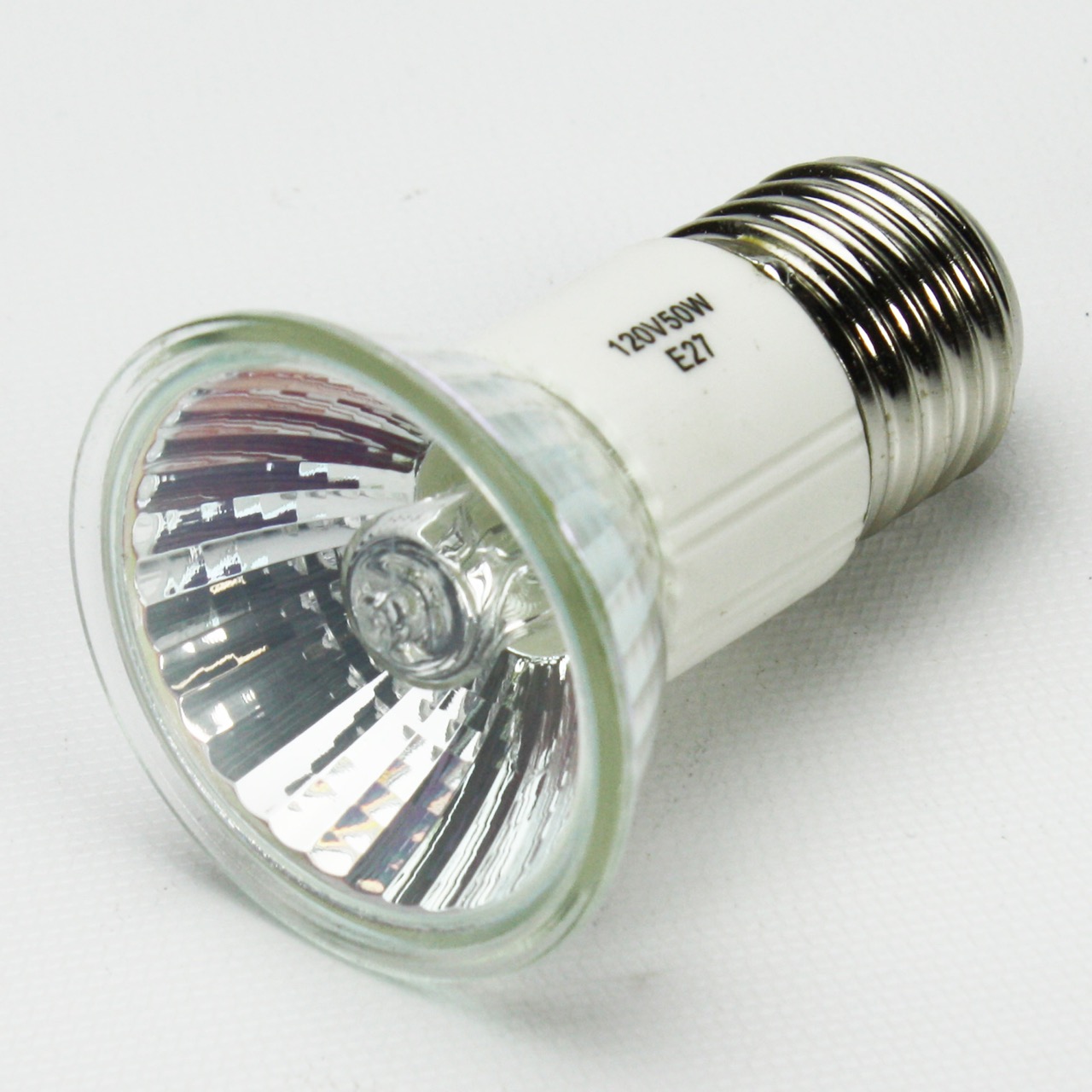
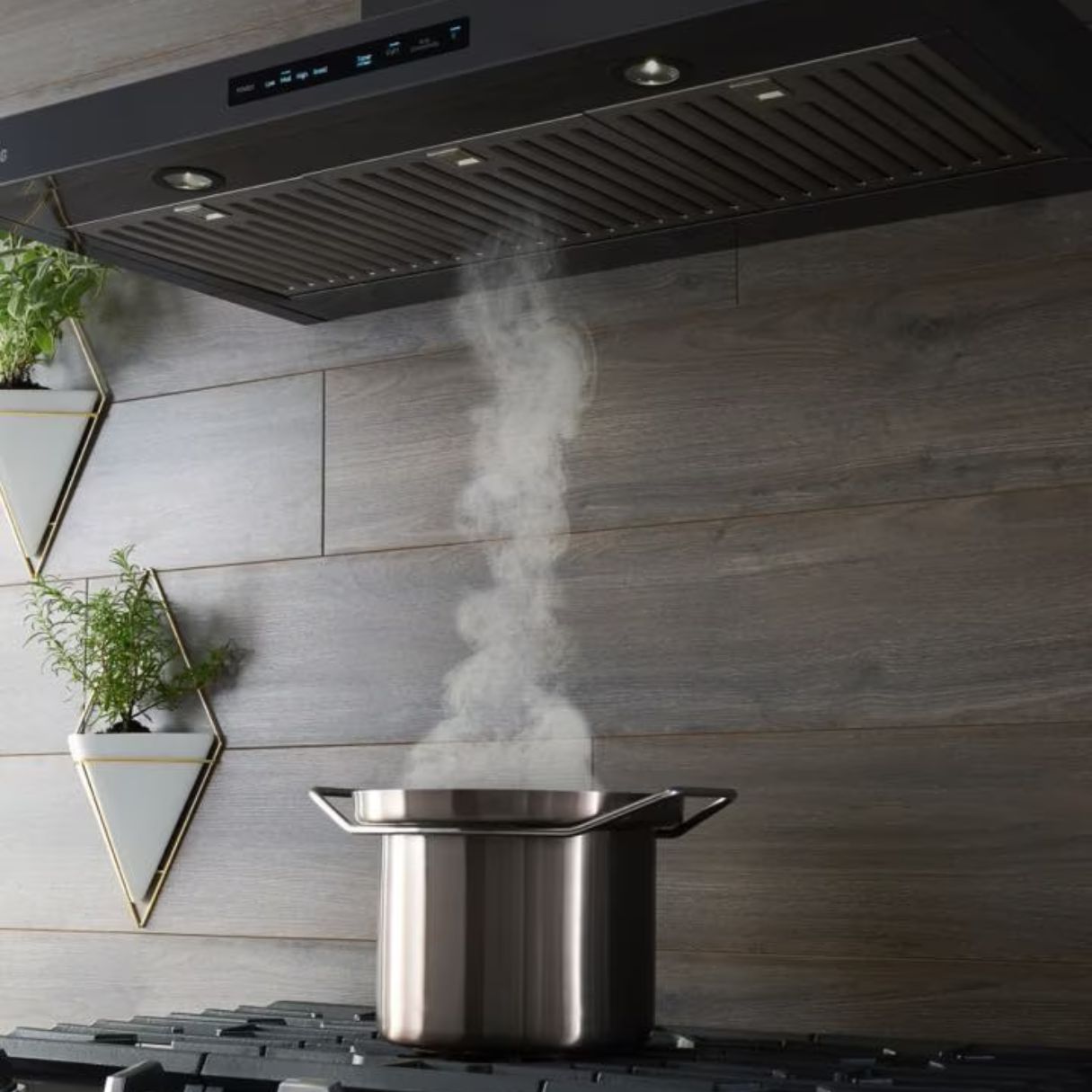
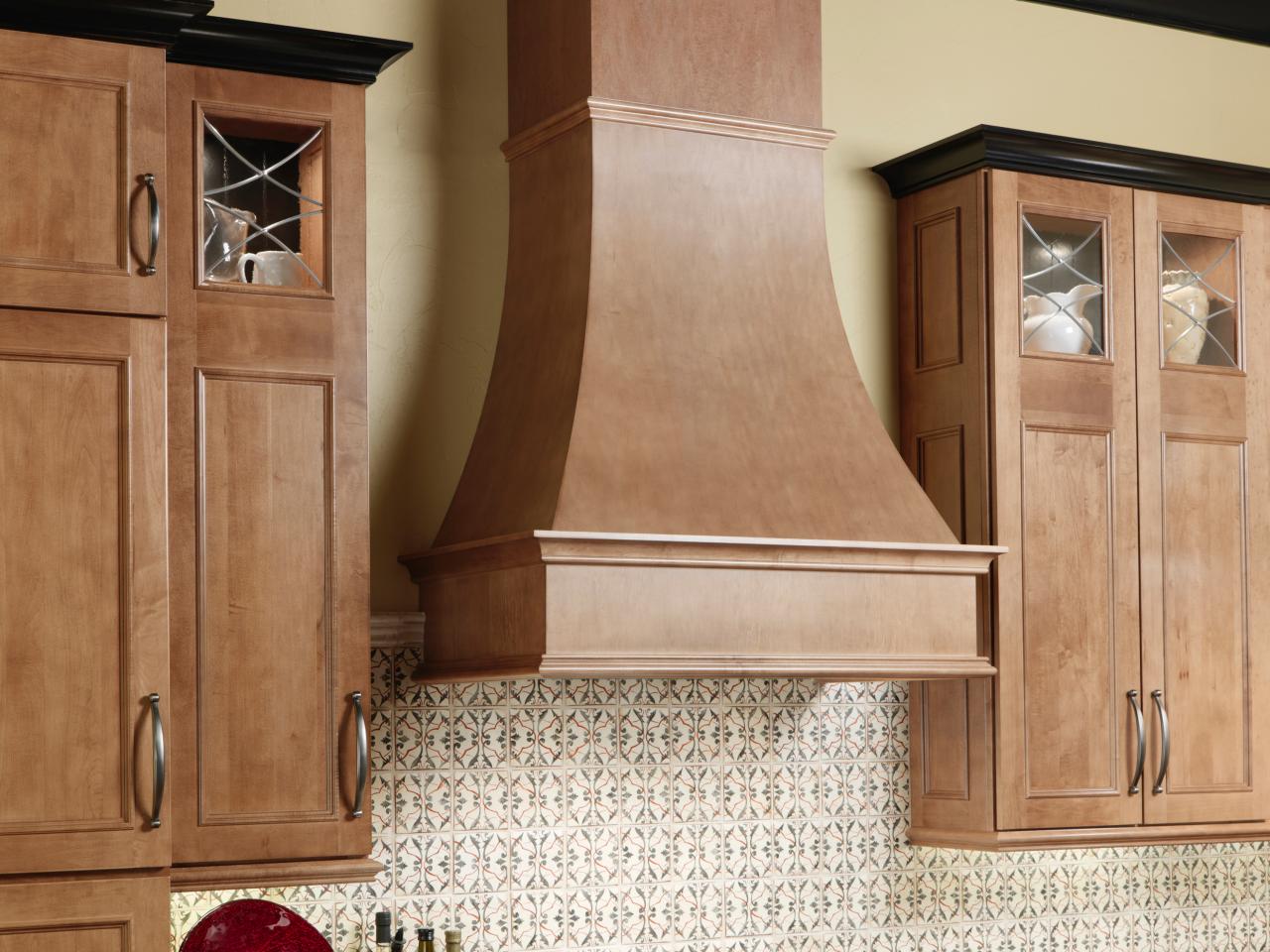
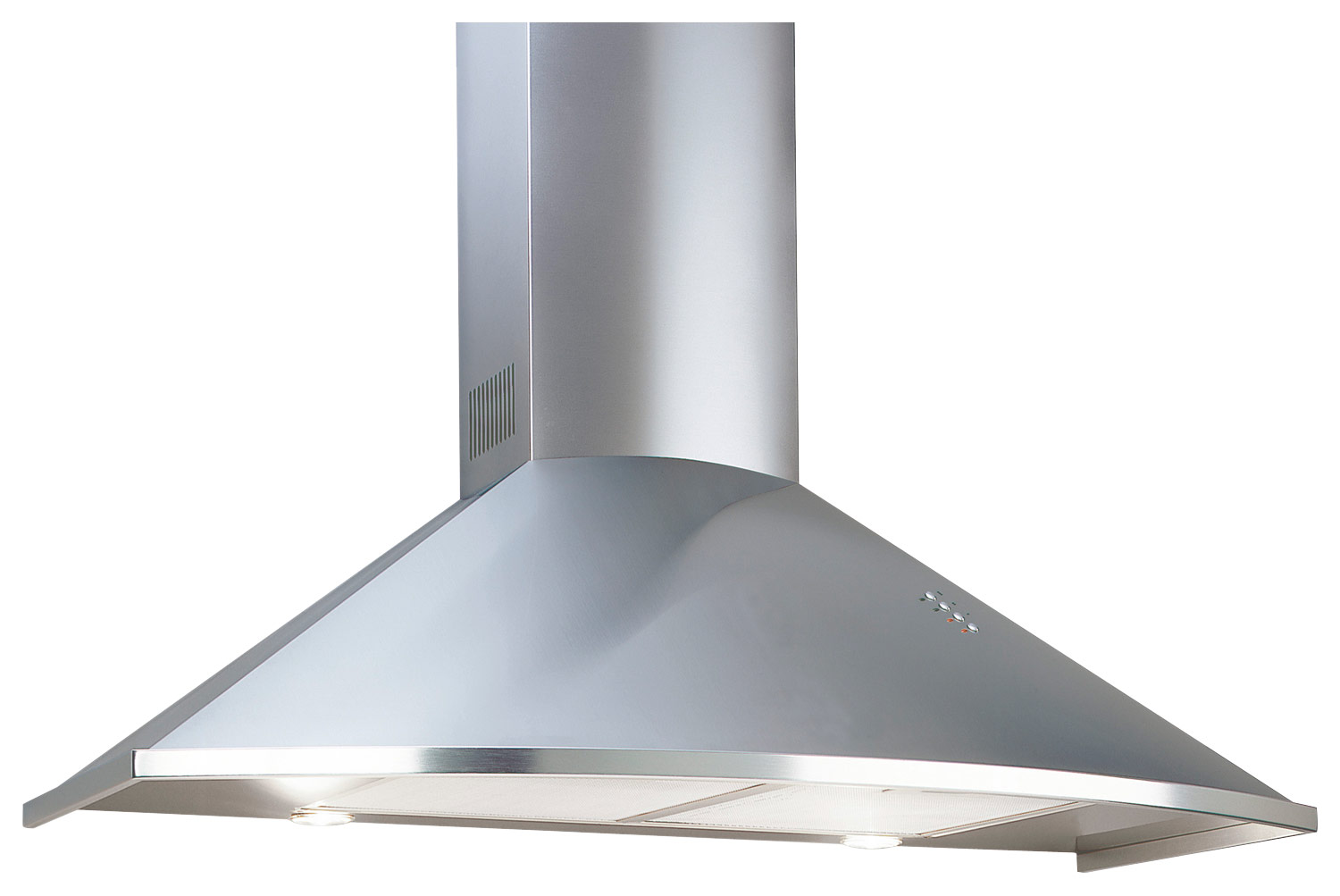
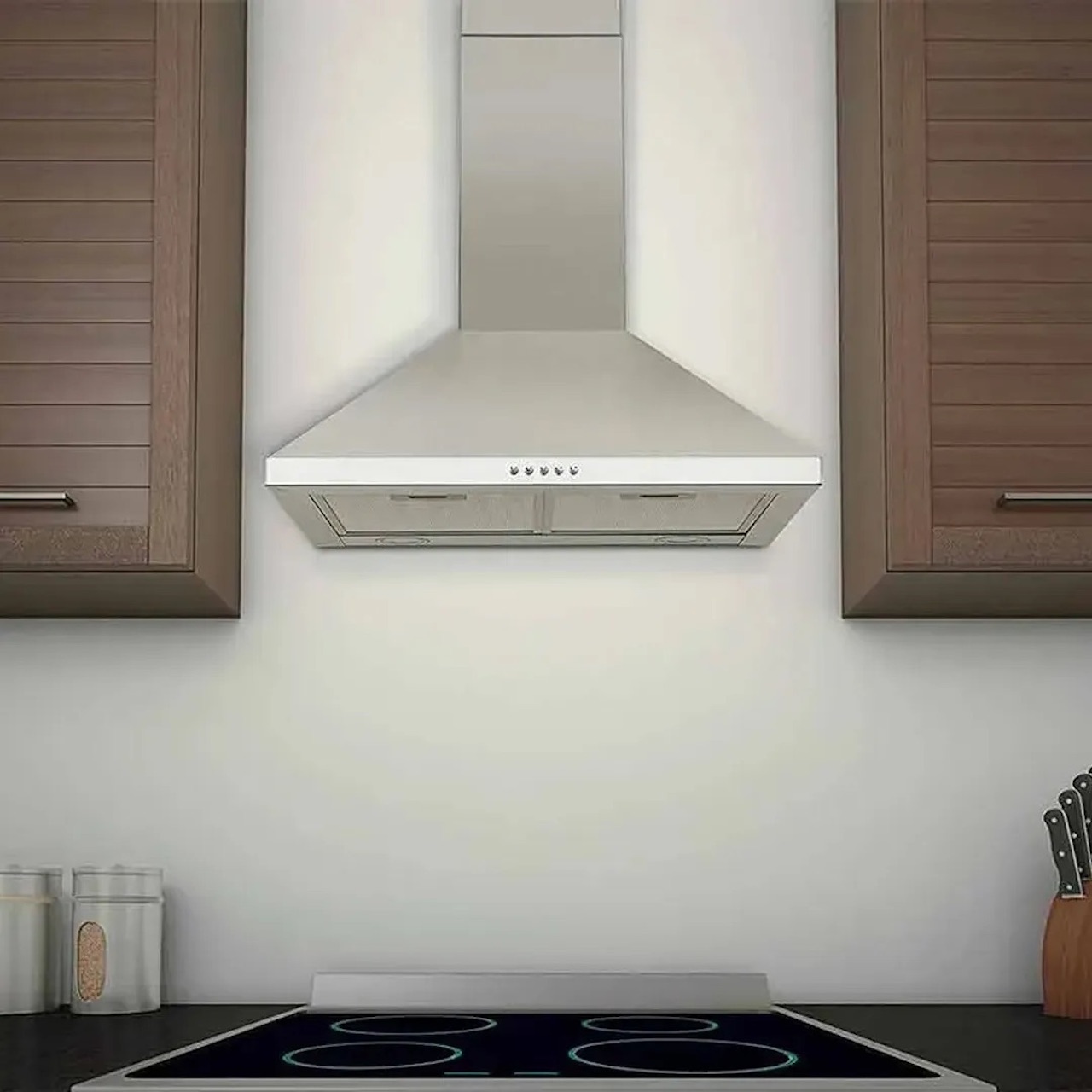
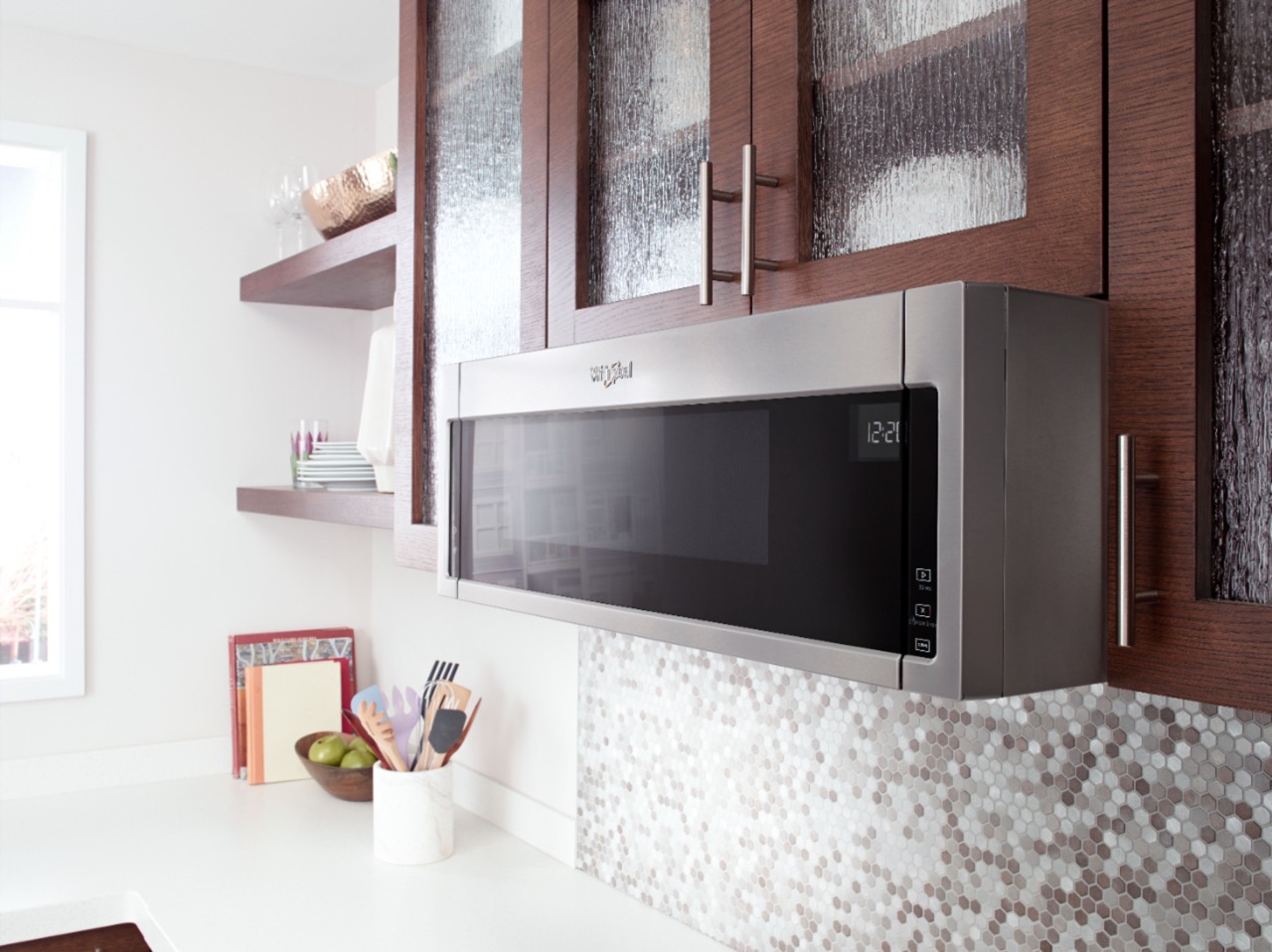
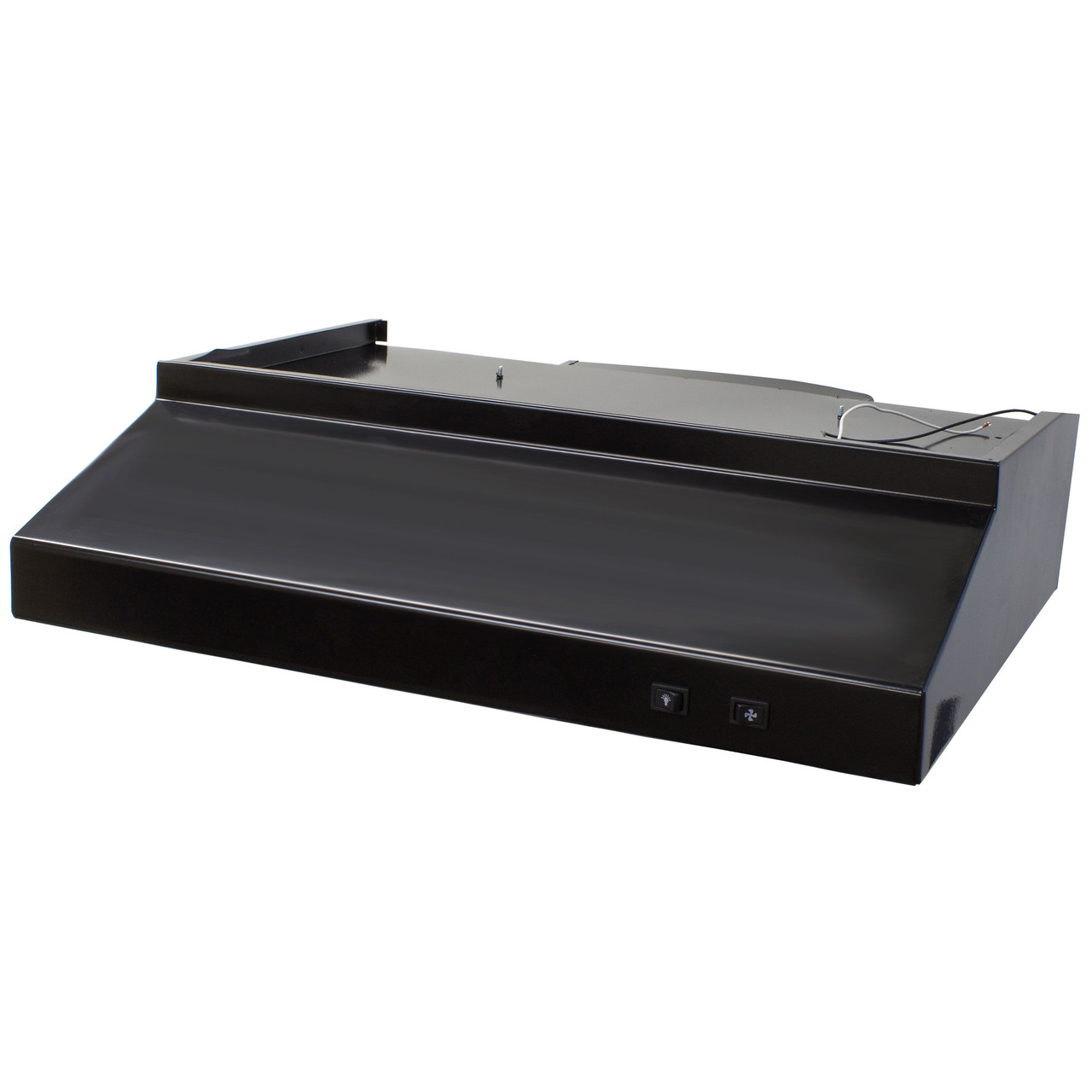
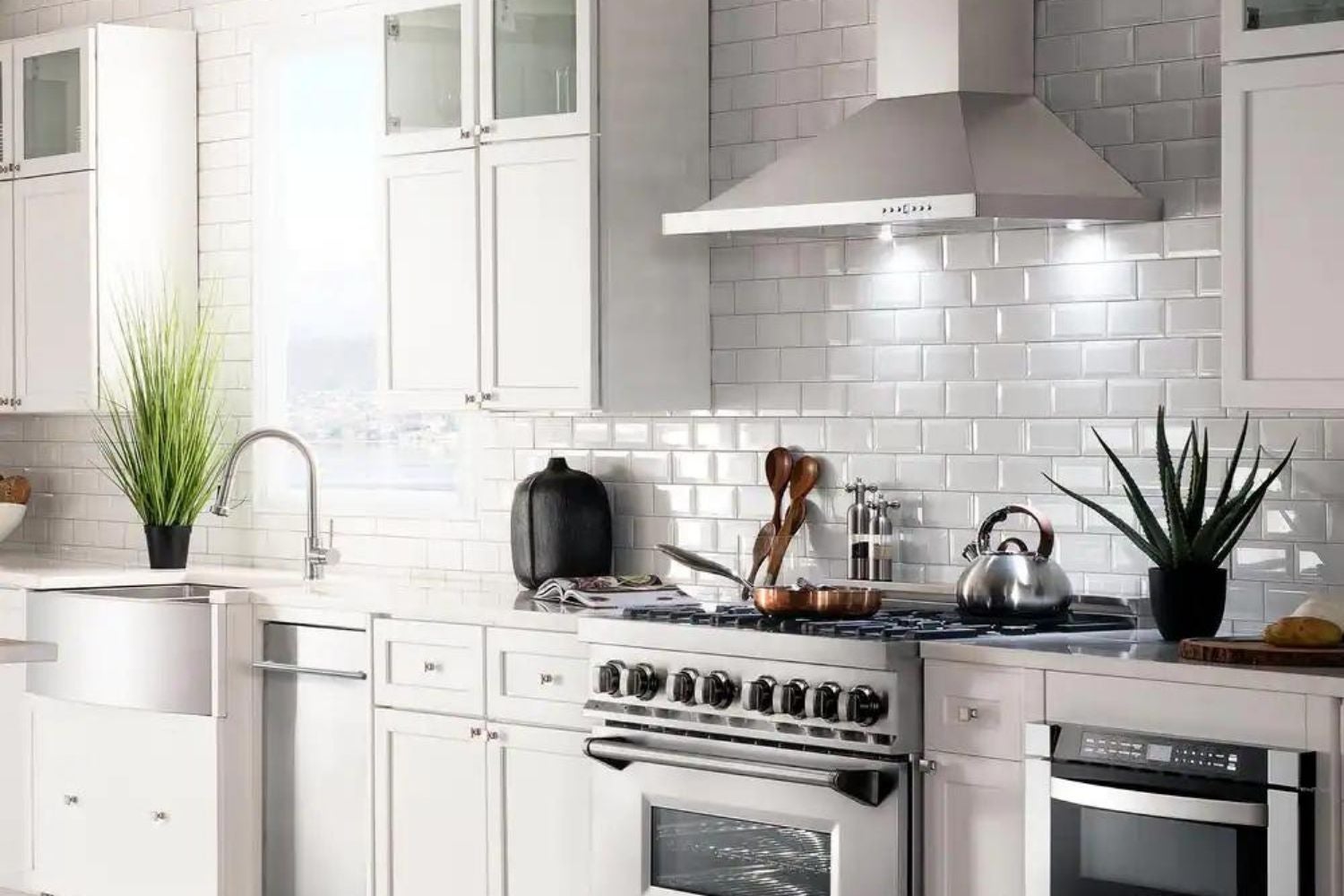
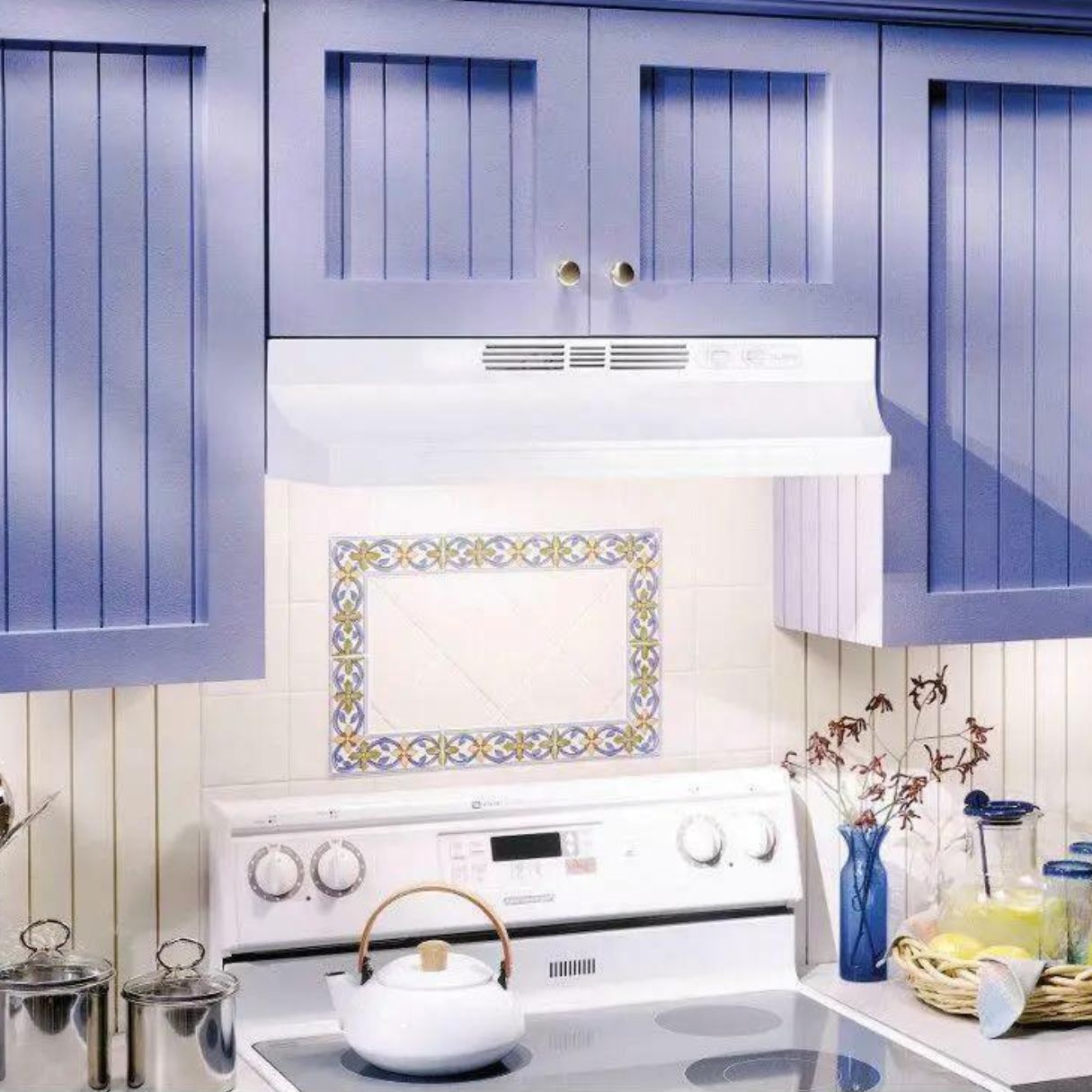
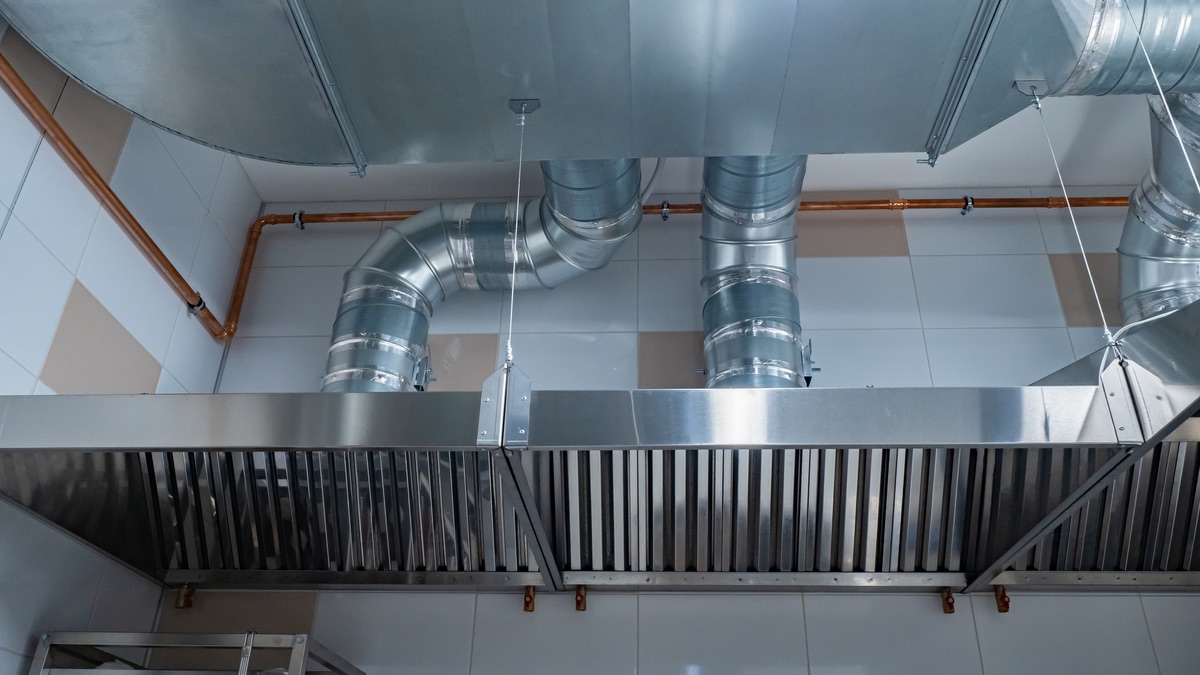
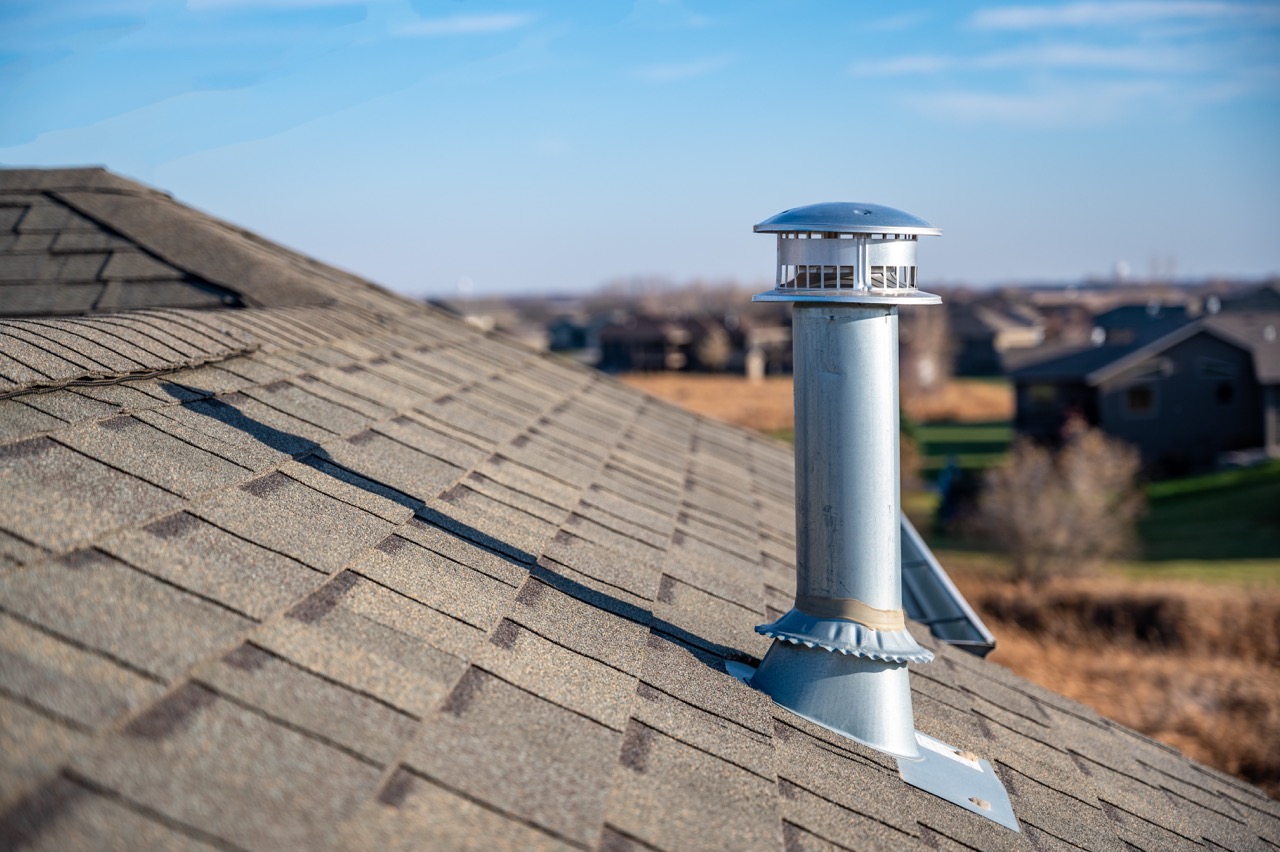
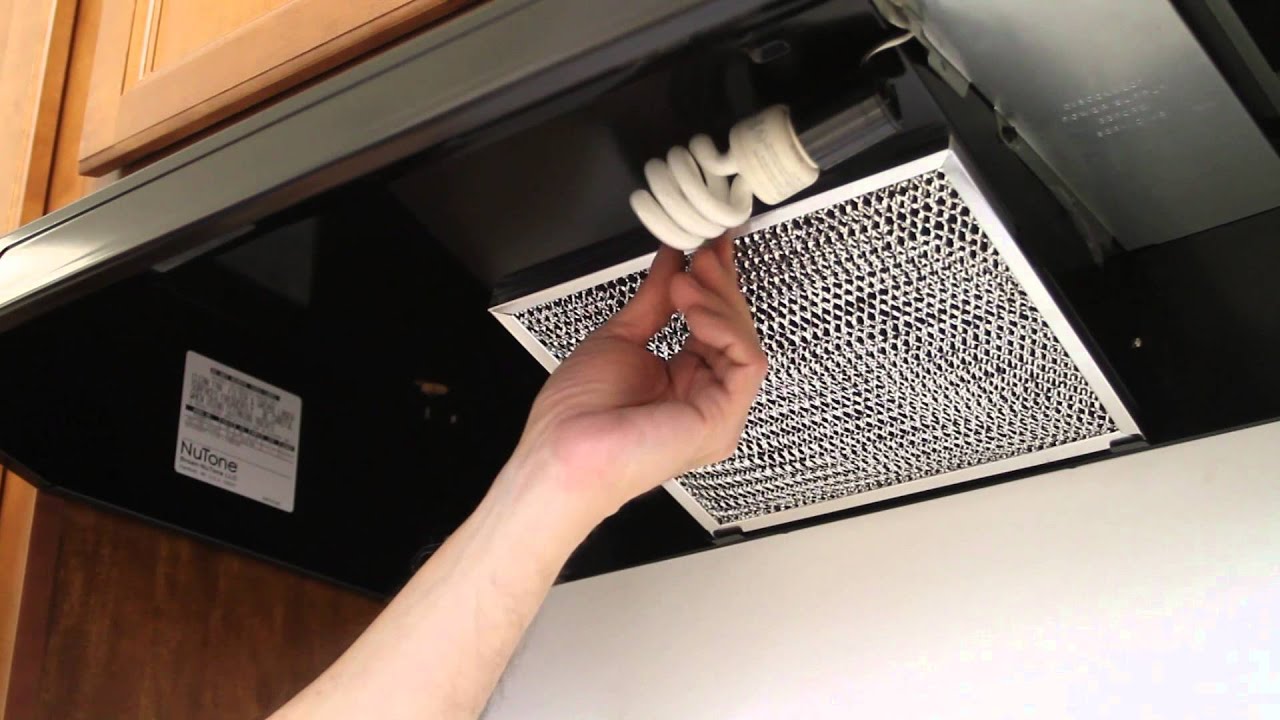
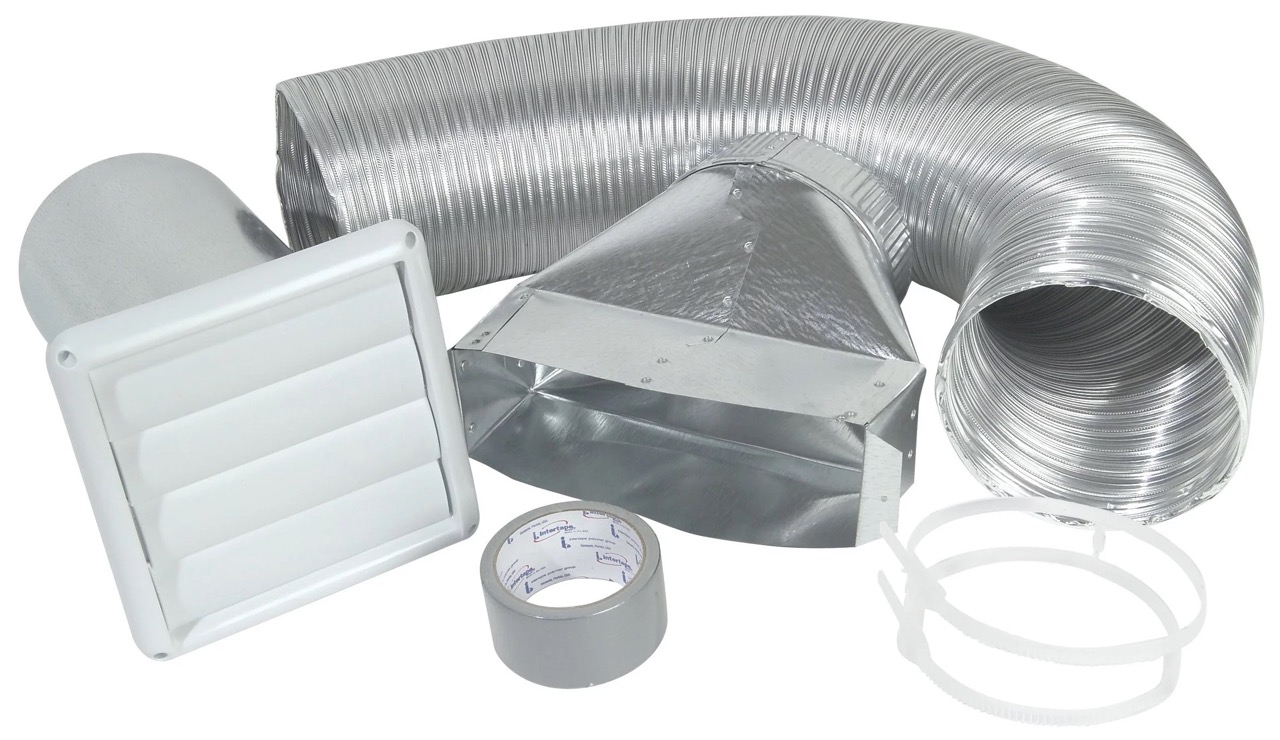
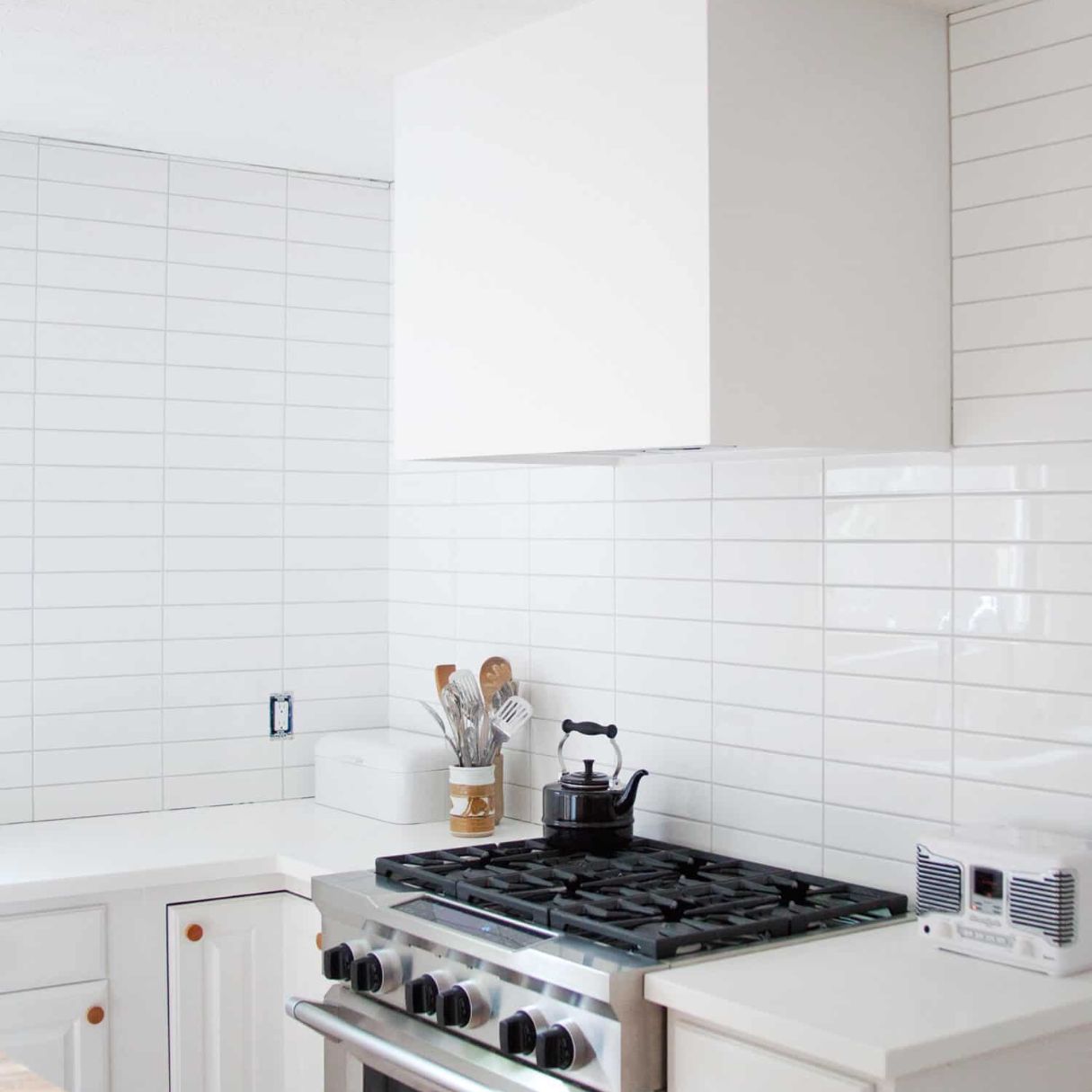

0 thoughts on “What Size Vent Pipe For Range Hood”